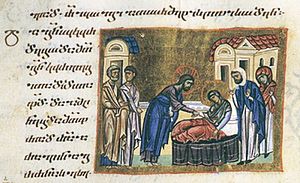Starting to catch up here with a few comments or queries that have bypassed the blog because they don’t quite fit to a post of mine. Here’s one:
But I want to ask a question from the opposite angle, but one that also concerns a conspicuous absence. We have to at least admit that Christianity was growing rapidly in the first three centuries CE, and after the first few generations of conspirators (that constructed a would-be Christ myth), we know that the growing movement in the 2nd and 3rd centuries believed in the historicity and resurrection account of Jesus.
So if at least that much is true…
WHY didn’t numerous 2nd and 3rd century Jews debunk the gospel/resurrection story in writing? I can find no evidence of such writings from the Jews…rather the writings that we do see argue against Jesus being the Messiah on theological grounds, not historical or forensic ones. If in fact the lack of historicity was so clear (and I dare say it would have been clearer then than now, since the mythology hadn’t had time to snowball down the hill of history and gain momentum), why not point it out with volumes of refutation?
The dates we assign to the canonical gospels and epistles attributed to Paul lay outside the purview of this question. The only critical element we need to raise the question is the known growth of the Christian movement, not the dates of individual texts within that movement.
If there’s a complete lack of historicity, why didn’t the non-adherents snuff out the Jesus fire before it got too large to be challenged by straightforward historical evidence?
I’ve seen a cogent answer to this question by Earl Doherty somewhere but I cannot locate it at the moment.
C. J. O’Brien recently gave his take on the question. Here is mine. . . . Continue reading “Why did opponents of Christianity not declare Jesus was a myth?”



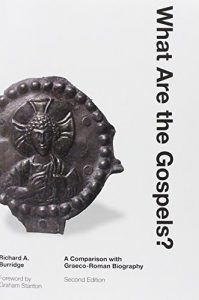
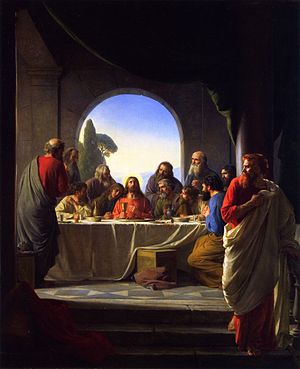

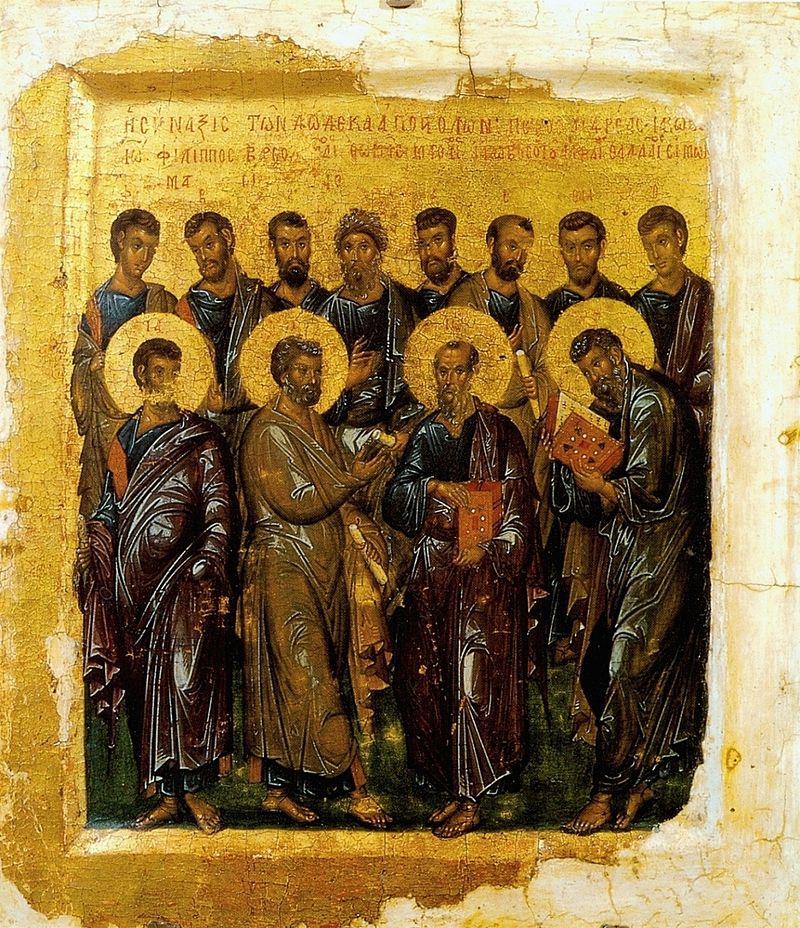
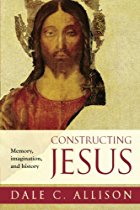 Having just read the first chapter of
Having just read the first chapter of 